production pper impurities r
2023-05-12T21:05:14+00:00
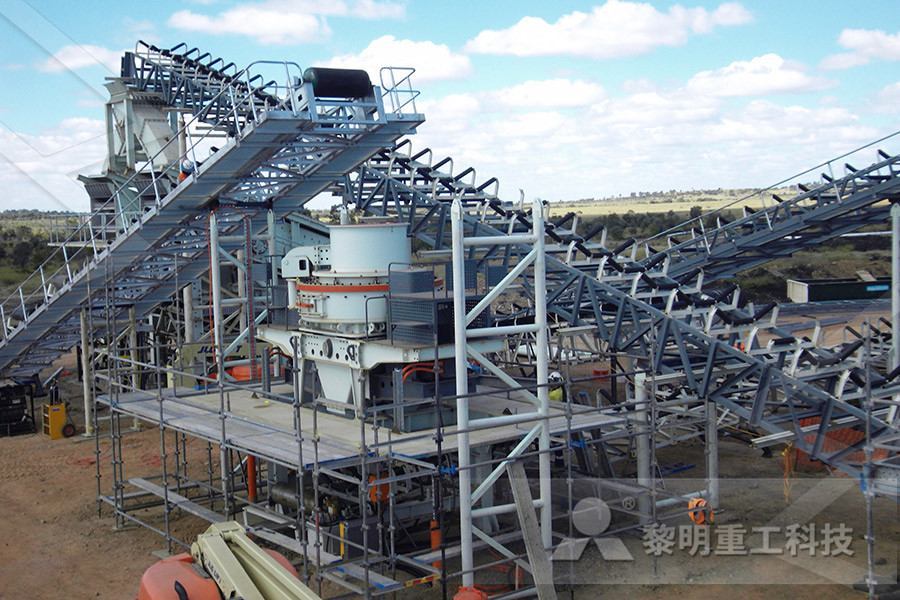
Understanding Impurities in copper electrometallurgy
a reusable stainless cathode or a copper starter sheet Copper starter sheets are produced during a 21hour plating cycle, using titanium sheet cathodes, which are likewise stripped The thin deposits are attached to loops produced from other starter sheets and hung in a commercial cell to produce a thick copper depositProduction Copper Impurities Hazardous impurities in copper raw materials ,impurities in copper industry mineral waste and scrap tailings and other mineral waste are in the regulatory spotlight as copper concentrates production broke global records in recent years and is recovering fast in 2018 from a temporary shortage in 2017 copper mine tailing storageProduction Copper ImpuritiesThe first of these, in collaboration with Miss G W Ford, deals with the influence of bismuth, the solubility of which in solid copper is less than 0 002 per centThe Influence of Impurities on Copper Nature
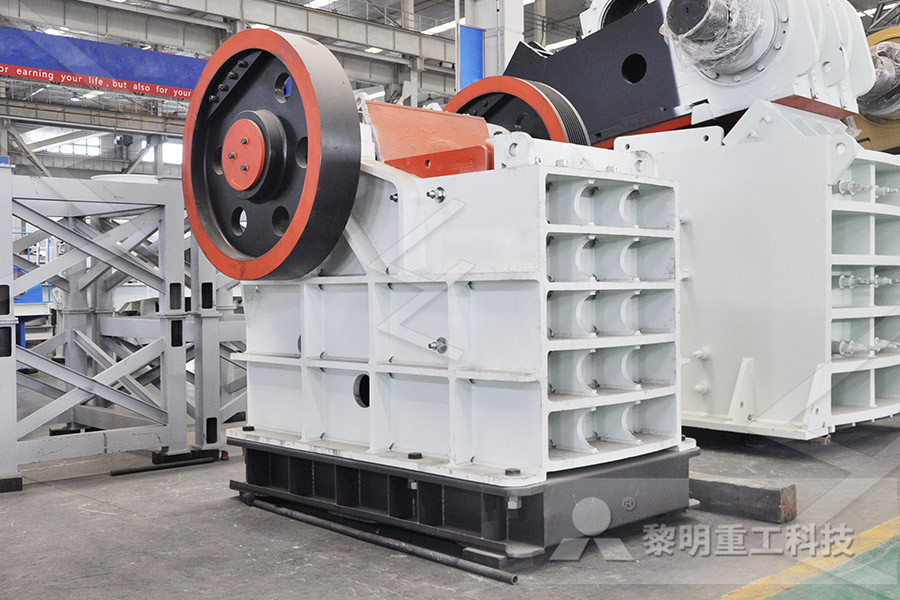
production copper impurities
HAZARDOUS IMPURITIES IN COPPER RAW MATERIALS: Impurities in Copper Industry Mineral Waste and Scrap Tailings and other mineral waste are in the regulatory spotlight as copper concentrates production broke global records in recent years and is recovering fast in 2018 from a temporary shortage in 2017price In contrast to the production of many other metals, impurities in the copper industry cover a large section of the periodic table of elements and hence have to be carefully characterized and controlled The present work describes possible impurities that play a role in the classical refining electrolysis and therefore influence the composition of the resulting cathodeTHE ROLE AND INFLUENCE OF IMPURITIES ON THE QUALITY OF One considers a “typical” copper concentrate as having about 25+% copper and some minor quantity of impurities, preferably rich in precious metals In practice, smelters purchase all variety of concentrates and blend them to provide a suitable feed for their operationsTACKLING IMPURITIES IN COPPER CONCENTRATES
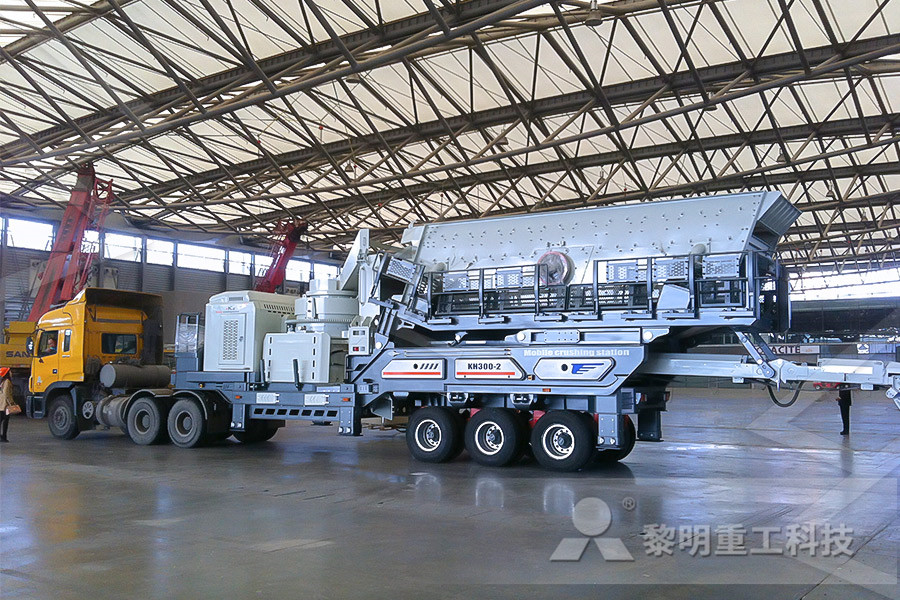
Chapter 6 Copper Production Technology Princeton University
innovation in the copper industry in the last 65 years has consisted largely of incremental changes that allowed companies to exploit lower grade ores and continually reduce the costs of production Economies of scale have been realized in all phases of copper production Both machine and human productivity have increased dramaticallyCopper production begins with ore milling and copper separation by flotation in order to produce a concentrate with a copper content of about 30% The produced concentrates are smelted to remove volatile and other impurities and by further purification of the copper melt from the smelter, a primary form of the metal, known as blister copper is derivedBlister Copper an overview ScienceDirect TopicsHighpurity cathodes generally represent the main product from the copper production chain While the share of copper itself typically reaches a value above 9999 %, there is still a broad variety of chemical elements that influences the product quality and hence the achievable price In contrast to the production of many other metals, impurities in the copper industry cover a THE ROLE AND INFLUENCE OF IMPURITIES ON THE QUALITY
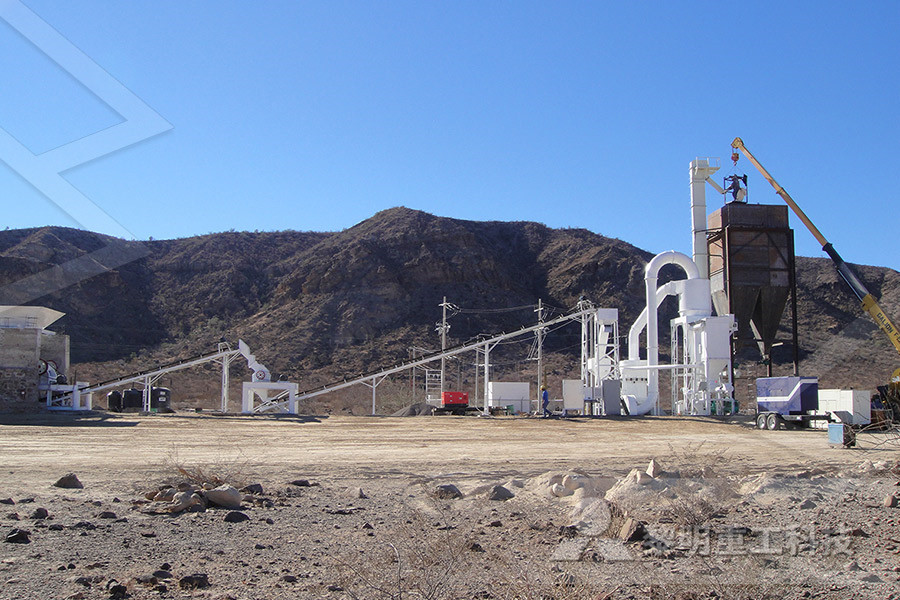
production copper impurities
HAZARDOUS IMPURITIES IN COPPER RAW MATERIALS: Impurities in Copper Industry Mineral Waste and Scrap Tailings and other mineral waste are in the regulatory spotlight as copper concentrates production broke global records in recent years and is recovering fast in 2018 from a temporary shortage in 2017Crude copper in the converter contains some impurities and must be refined The copperrich slag must be processed by reducing blast furnace smelting to yield black copper European Dioxin Inventory Results Secondary copper production 90 Blast FurnaceConverter Method The reversed process is wellsuited for smelting oxidized secondary materials [124] Secondary copper production EuropaThe main source of copper impurities in steel is from endoflife vehicles Copper is commonly used for electronic equipment such as wires for electric motors and cooling elements It is (PDF) Final Report on Effect of Impurities in Steel

Copper KGHM Corporate Website
Impurities: as prescribed by BS EN 1978:1998 maximum allowable content of impurities: 0,0065%: PHYSICAL PROPERTIES * not applicable to cathodes: VARIA : manufacture of copperbased semifinished products and copper alloys such as wirerod, wire, pipes, copper sheet and pfoil: The product meets the PNEN 1978 standard All brands are registered on the Copper processing is a complicated process that begins with mining of the ore (less than 1% copper) and ends with sheets of 9999% pure copper called cathodes, which will ultimately be made into products for everyday useThe most common types of ore, copper oxide and copper sulfide, undergo two different processes, hydrometallurgy and pyrometallurgy, respectively, Copper Mining and Processing: Processing Copper Ores Copper production begins with ore milling and copper separation by flotation in order to produce a concentrate with a copper content of about 30% The produced concentrates are smelted to remove volatile and other impurities and by further purification of the copper melt from the smelter, a primary form of the metal, known as blister copper is derivedBlister Copper an overview ScienceDirect Topics
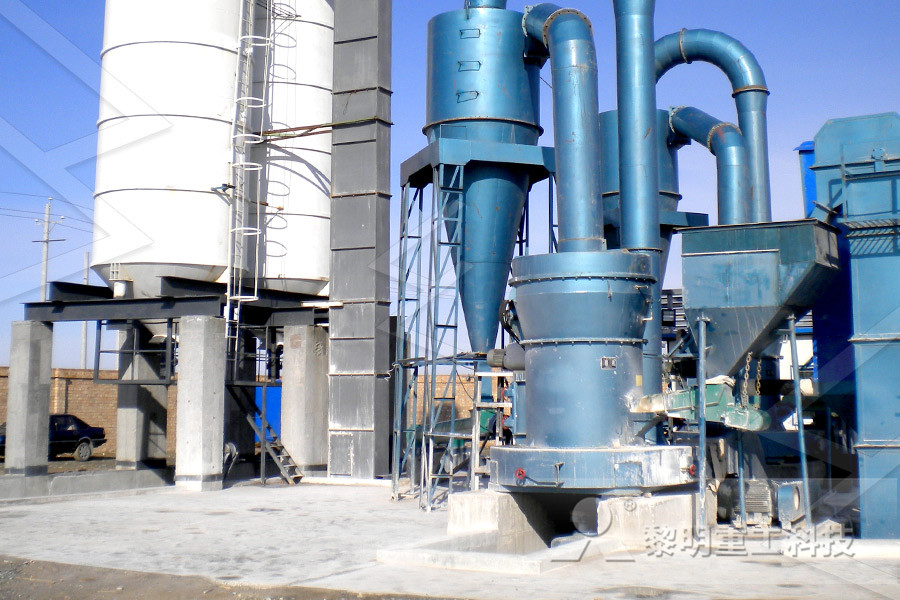
The Life Cycle of Copper, its CoProducts and ByProducts
Table 21: World copper production, reserves and reserve base, 1999 (million metric tons Cu content) 148 Table 22: Typical flotation reagent consumption in nonferrous metal mills 149 Table 23: Chilean Copper Smelters 150 Table 24: Emissions and wastes from four German copper mines in 1992 151 Table 25: Energy consumption, emissions, wastes and Productions of 25% approximate Cu containing powder in this stage ROASTING oThe concentrated ore is then roasted in a furnace between 500oC and 700 C in the presence of a current of air Sulphur is oxidized to SO 2 and impurities of As and Sb are removed as volatile oxides The following reaction takes place 2CuFeS 2 + O 2 Cu 2 S + 2FeS + SO 2 S + O 2 EXTRACTION OF COPPER University of Technology, Iraq26/08/2015 Copper Mining Extraction Process Flow Chart This flowchart made of machinery icons explains or expresses in simple but clear terms the step of the Copper Mining and Copper Extraction Process Starting from either openpit or underground mining and using a different relevant treatment method for oxide or sulphide copper mineral (ore)Copper Mining Extraction Process Flow Chart

Impurities in Copper Raw Materials and Regulatory Advances
Copper Raw Materials Impurities: ICSG Selected Findings in 20172018 6 Impurities in Mine Supply Facing Increasing Regulatory Pressures 1 New mines and plants more complex, deeper and expensive on lower ore grades 2 More complex copper concentrates: opportunity to recover valuable byproducts 3 Limited expansion in operational mines and new HAZARDOUS IMPURITIES IN COPPER RAW MATERIALS: Impurities in Copper Industry Mineral Waste and Scrap Tailings and other mineral waste are in the regulatory spotlight as copper concentrates production broke global records in recent years and is recovering fast in 2018 from a temporary shortage in 2017production copper impurities05/11/2021 The composition of raw materials for copper production is constantly changing, which entails the need to improve the process of electrolytic refining (ER), the main purpose of which is to purify the metal from impurities Copper anodes obtained after the fire refining of blister copper contain up to 1% of impurities of metals and nonmetals As a result of ER, it is Statistical Analysis of the Distribution of Impurities
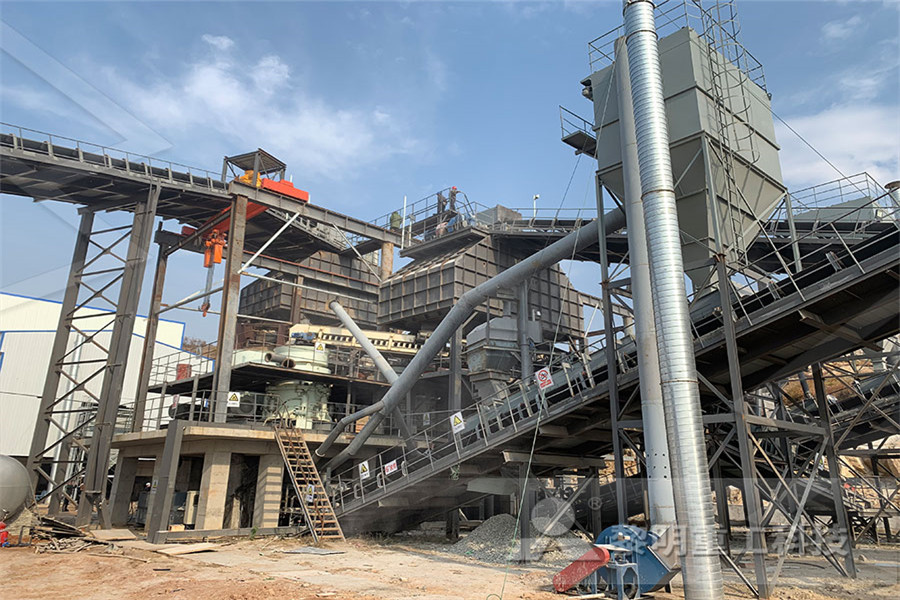
Category Title ISIC: 2720 Manufacture of basic precious
Various trace elements from impurities are present in the copper ores, which are emitted during the production process The process is a major source of atmospheric arsenic and copper (50 % of the global emissions of this element), indium (almost 90 %), antimony, cadmium and selenium (approximately 30 %) and nickel and tin (approximately 10 %) (Nriagu and Pacyna, 1998) Copper (Cu) is one of eight essential plant micronutrients Copper is required for many enzymatic activities in plants and for chlorophyll and seed production Deficiency of copper can lead to increased susceptibility to diseases like ergot, which can cause significant yield loss in small grains Most Minnesota soils supply adequate amounts of copper for crop production Copper for crop production UMN ExtensionThis page looks at the extraction of copper from its ores, its purification by electrolysis, and some of its uses Before you get too bogged down in the extraction of copper, make sure that you need it for whatever syllabus you are using Extracting copper from its ores The method used to extract copper from its ores depends on the nature of the ore Sulphide ores such as copper extraction and purification chemguide
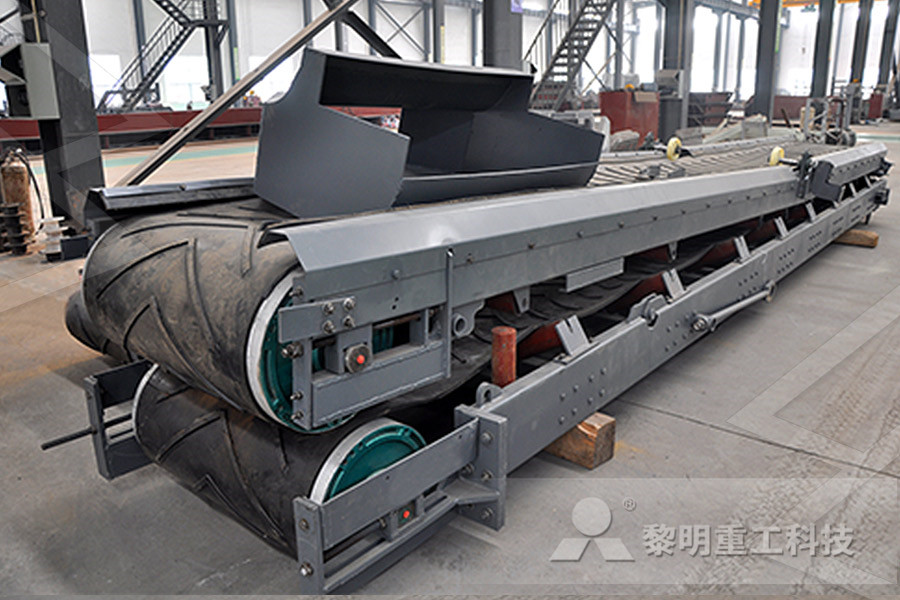
THE EFFECT OF METALLIC IMPURITIES ON Kester
Impurities such as copper, antimony, zinc and aluminum have an effect on soldering quality and should be kept to a minimum Assuming that high purity solder is being used, the impurities are introduced into the solder from parts being soldered, from holding fixtures and from the solder pot itself Copper Nearly everything on a printed circuit assembly is made of or plated with Gerardo RF Alvear Flores, in Extractive Metallurgy of Copper (Sixth Edition), 2022 217 Production of copper from scrap Chapter 18 shows that copper scrap varies in grade from 995+% Cu (manufacturing wastes) to 5% Cu (recycled mixedmetal scrap) The highgrade manufacturing wastes require only reclamation, melting, casting, and marketing Copper Scrap an overview ScienceDirect TopicsSecondary copper can be used for the manufacture of these materials, though still within stipulated quality limits for impurities Where scrap copper is associated with other materials, for example after having been tinned or soldered, it will frequently be more economic to take advantage of such contamination than try to remove it by refining Many specifications for Recycling of Copper
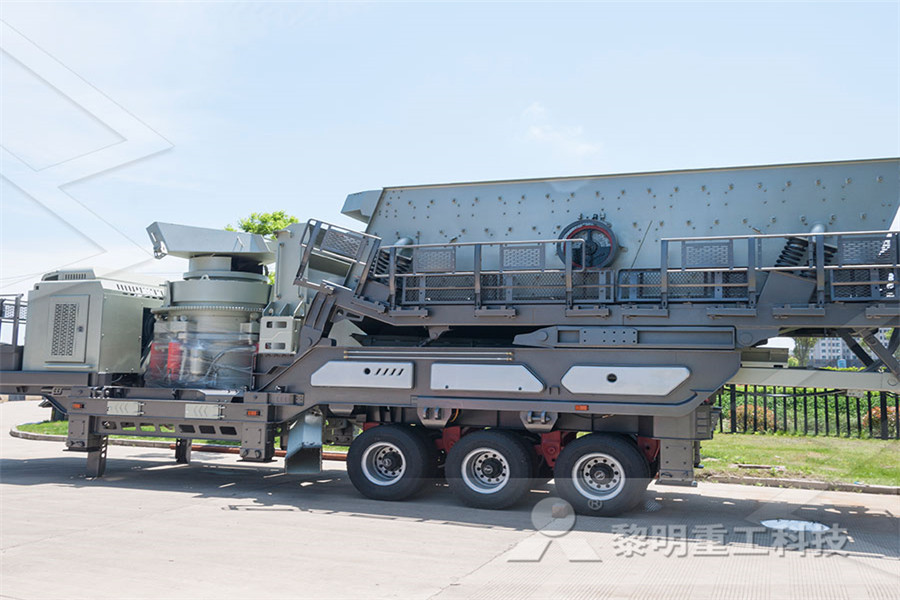
Copper Refining: Explained StepbyStep
10/02/2017 In refining copper, the metal is melted down in a reverberatory furnace in a more or less oxidizing atmosphere and then further subjected to an oxidizing smelting in order to eliminate the common impurities, most of which have a stronger affinity for oxygen than has copper In these operations some of the copper is oxidized to cuprous oxide and dissolved by the metal









